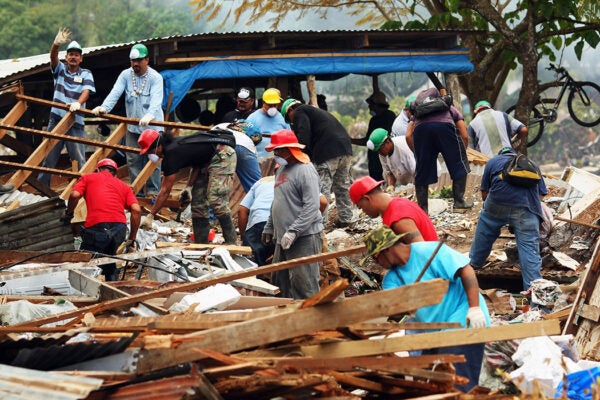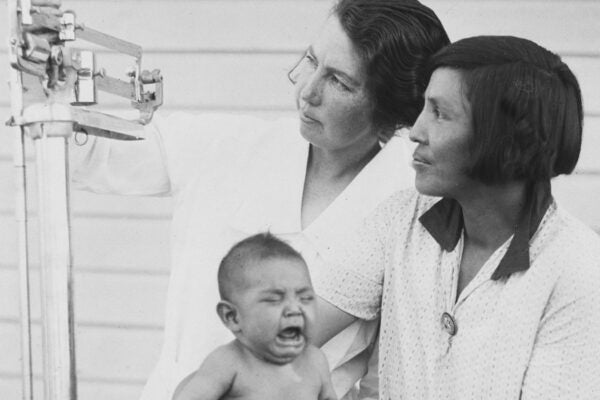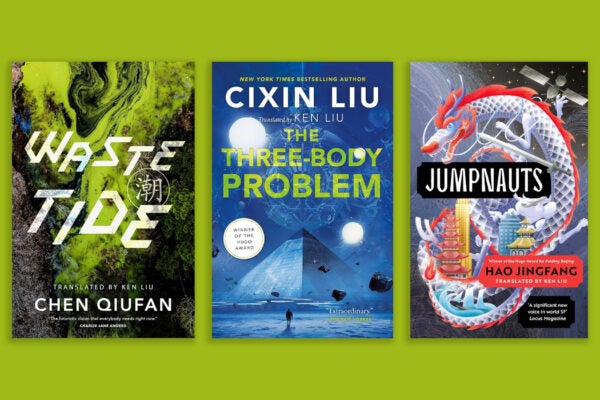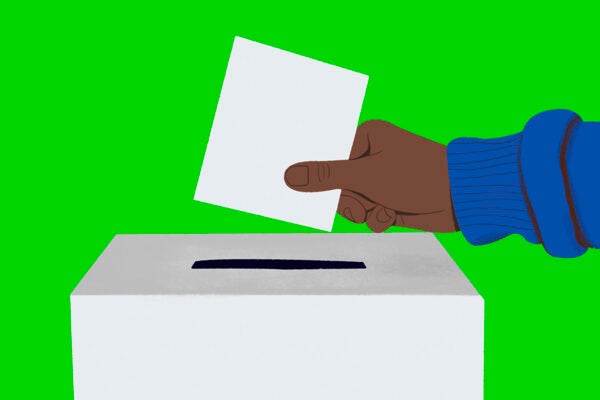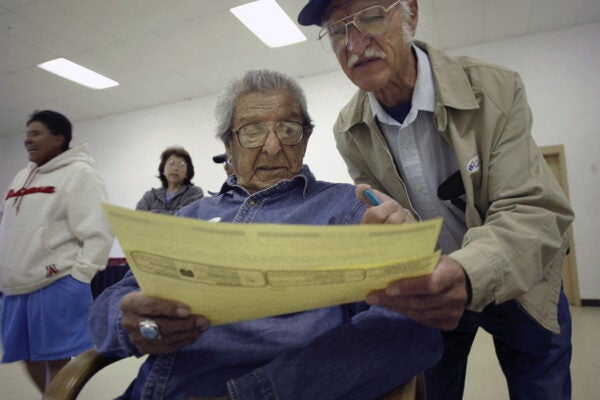A Village Responds to Disaster
When a tsunami struck American Samoa in 2009, the key to a swift response was Indigenous institutions that drew on local knowledge and community training.
Sustainable Building Effort Reaches New Heights with Wooden Skyscrapers
Wood engineered for strength and safety offers architects an alternative to carbon-intensive steel and concrete.
Call the Midwives—Assuming Any Are Left
While midwife-attended deliveries are the norm in the United Kingdom, they’re the exception in the United States. Time was, this difference wasn’t so stark.
The Rewards and Risks of Islamic Finance
The principles of Islamic finance date to the seventh century. What do they have to offer to the contemporary global financial system?
What’s so Chinese About Science Fiction from China?
Commentators have latched onto science fiction to explain all manner of social phenomena in China, from unemployment and the economy to air pollution.
Feral Pigs, Vengeance, and a World of Languages
Well-researched stories from Hakai Magazine, Sapiens, and other great publications that bridge the gap between news and scholarship.
Voting as a Tool for Environmental Justice
Casting a vote at your local polling place helps elect candidates who can enact environmental policies while in office. But is voting enough to bring change?
Chains of Credit: The Entrepreneurial Advantage of Slavery
As the financial history of Maryland shows, slavery represented extraordinarily liquid wealth and outsized political power.
The Rise of Police Torture in New Orleans
Even as crime rates dropped in the 1930s, the police of New Orleans stepped up their use of torture to obtain confessions from Black Americans accused of crimes.
The Fight for Native American Voting Rights
Despite the passage of the Indian Citizenship Act in 1924, Native American activists have had to repeatedly take their fight for voting rights to Congress.
